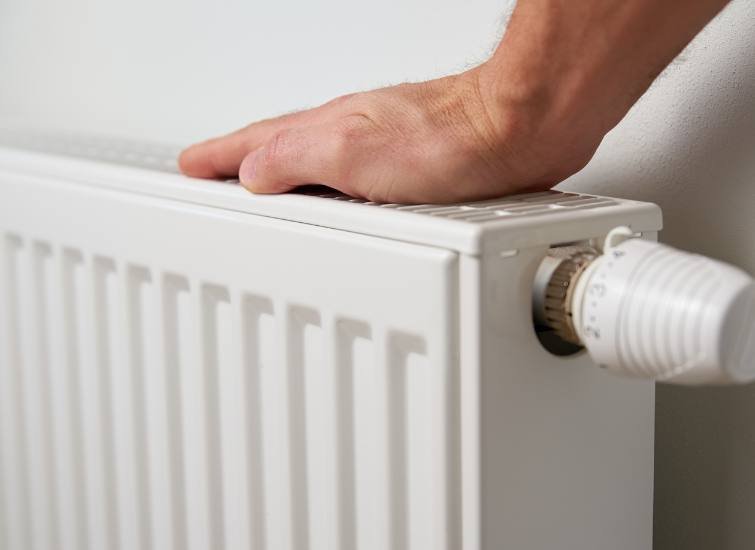Introduction
Experiencing a radiator that is warm at the top but cold at the bottom can be a common but perplexing issue in many homes. This phenomenon often indicates a problem within the heating system that requires attention.
Understanding the Issue
The Common Cause: Sludge Build-Up
The most prevalent cause of a radiator being cold at the bottom is the build-up of sludge. This sludge is a mixture of dirt, rust, and other debris that accumulates over time in the heating system. It tends to settle at the bottom of the radiator, creating a blockage that prevents hot water from circulating effectively.
Hot Water Flow Restriction
When sludge accumulates, it can restrict the flow of hot water within the radiator. Although the top part may remain warm due to rising heat, the bottom stays cold because the hot water cannot reach it effectively.
The Impact of Sludge
Reduced Heating Efficiency
A radiator cold at the bottom is less efficient in heating a room. This inefficiency can lead to increased energy costs as the heating system has to work harder to maintain the desired temperature.
Potential Damage to the Heating System
Over time, the continued build-up of sludge can cause damage to the heating system. It can lead to corrosion and wear, reducing the lifespan of the radiator and boiler.
Solutions and Prevention
Bleeding the Radiator
Initially, bleeding the radiator to remove any trapped air might seem like a solution. However, if the problem is due to sludge, bleeding will not resolve the issue.
Flushing the System
The most effective solution is to flush the heating system. This process involves removing the existing water and sludge build-up from the radiator and replacing it with clean water. In severe cases, a chemical cleaning agent may be necessary to break down the sludge.
Regular Maintenance
Regular maintenance of the heating system, including periodic flushing and checking for signs of sludge build-up, can prevent this issue from recurring.
Professional Assistance
In some cases, the issue might be too complex for a DIY approach. Seeking professional help from a heating engineer is advisable to ensure the problem is resolved efficiently and safely.
One Less Thing To Worry
A radiator being cold at the bottom is typically a sign of sludge build-up, which hinders the proper circulation of hot water. Addressing this issue through system flushing and regular maintenance can restore the efficiency of the heating system and prevent future problems.


